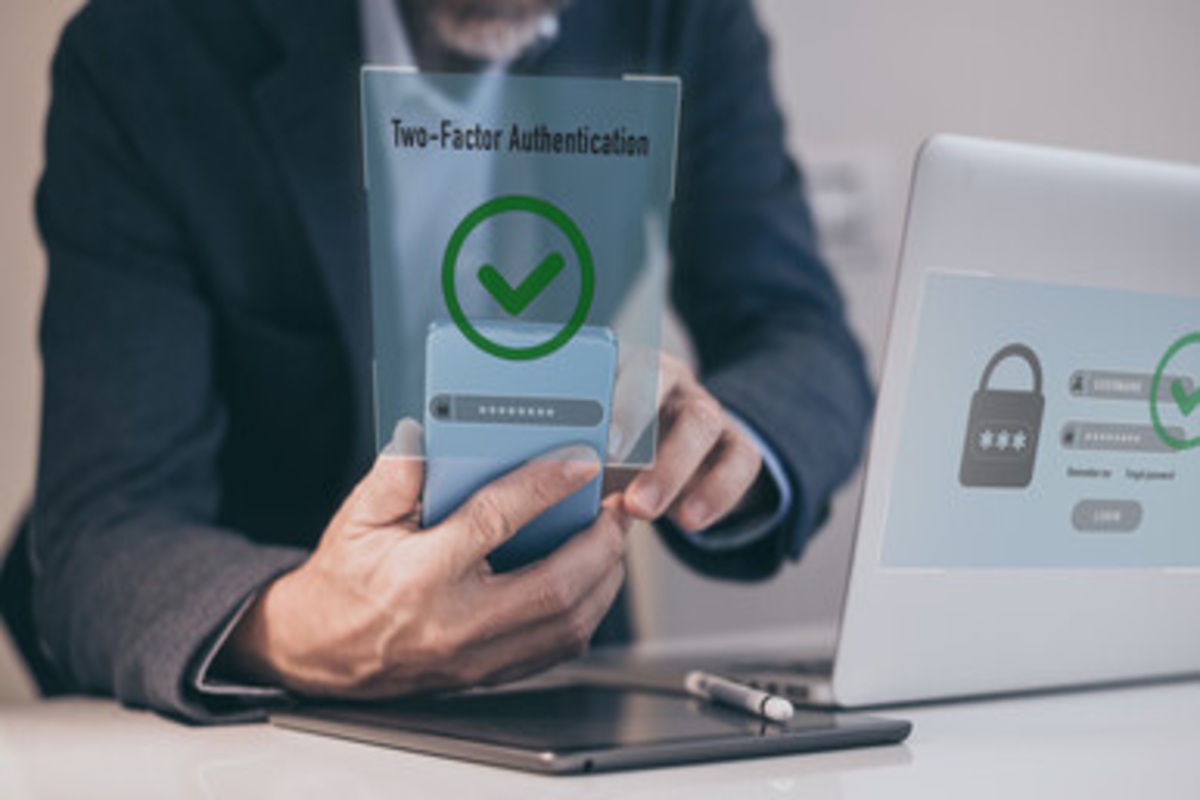One of the most common problems we see is that businesses aren’t keeping their MFA policy up to date. As teams grow, roles shift, and new systems are added, outdated multi-factor authentication settings can quietly expose your organization to risk.
In this post, we’ll cover when to review your access controls, how to strengthen your MFA strategy, and which tools we recommend to keep your systems secure and compliant.
When to Review Your MFA and Access Control Policies
Access controls are not a “set it and forget it” type of system. They should reflect your current business environment, team structure, and risk exposure. Here’s when we recommend reviewing your policies.
Scheduled Periodic Reviews
We encourage clients to schedule quarterly reviews of their access control and MFA policies. These reviews help ensure that permissions and authentication requirements still align with each employee’s current role. If you’re not doing this yet, we can help you set up a manageable review cycle tailored to your operation size.
After Organizational Changes
When your business changes, your security posture should too. This includes staff turnover, promotions, mergers, or departmental restructuring. Each shift can create gaps or redundancies in your access permissions. A fresh look at your MFA policy after these events can prevent unauthorized access and reduce security risks.
Following a Security Incident
If your business experiences a breach or even a failed intrusion attempt, your MFA and access controls should be one of the first things you revisit. We’ve helped clients strengthen their systems after incidents by identifying weak points and implementing more advanced controls to prevent future issues.
When Adding New Technology or Systems
Every new app or platform your team adopts should be evaluated for compatibility with your current access control structure. If the new system doesn’t support MFA out of the box or requires unique roles and permissions, your policies will need to be updated accordingly.
To Meet New Compliance or Regulatory Standards
Whether you’re working toward SOC 2, HIPAA, PCI-DSS, or another compliance framework, updated regulations often come with new access control expectations. We stay on top of these changes so you don’t have to, and we can help you adjust your MFA policy to meet the latest standards.
Best Practices to Keep Your MFA Policy Up to Date
Having the right timing is one piece. Knowing what to review is the other. These are the core principles we follow when reviewing or designing MFA policies for our clients.
Apply the Principle of Least Privilege
The fewer permissions a user has, the smaller the attack surface. We always recommend limiting access to what’s necessary for the job, and nothing more. This not only improves security but also helps you stay compliant.
Use Role-Based Access Control (RBAC)
Instead of assigning permissions manually to every user, define roles (e.g., Sales Manager, Support Technician, HR Admin) and assign users to roles. This approach simplifies updates and minimizes errors when someone joins, leaves, or switches roles.
Consider Adaptive MFA
Not all access attempts are equal. Adaptive MFA lets you adjust your security requirements based on the context, such as login location, device, or time of day. We’ve found this approach works well to maintain security without slowing down productivity.
Monitor Access Logs Regularly
Access logs tell the story of how your systems are being used. If you’re not monitoring these logs, you could be missing signs of suspicious activity. We recommend reviewing them regularly or setting up alerts for unusual access patterns.
Train Your Team
Technology can only go so far without informed users. Make sure your employees understand why MFA is important and how to handle authentication responsibly. We offer security training that makes this part easier.
Tools That Help You Manage and Strengthen MFA Policies
Based on what we’ve implemented for clients, here are a few tools that work well for managing and updating MFA and access control policies:
- Microsoft Entra ID (formerly Azure AD): Great for enforcing conditional access policies and context-based MFA.
- AWS IAM: Ideal for companies running on AWS who need fine-grained control over user permissions and MFA enforcement.
- Secureframe: Helps maintain compliance with regulations by centralizing and automating access control policy management.
These platforms not only support secure authentication but also make ongoing policy maintenance much more manageable.
Final Thoughts: Don’t Wait for a Breach to Rethink Your MFA Strategy
If it’s been more than a few months since your last review, there’s a good chance your MFA policy is out of date. We’ve helped businesses across various industries catch hidden vulnerabilities before they became liabilities, and we can do the same for you.
Need help reviewing or updating your MFA and access controls? Contact us at MDL Technology for a quick assessment and actionable recommendations. Let’s make sure your systems are as secure as your business deserves.







